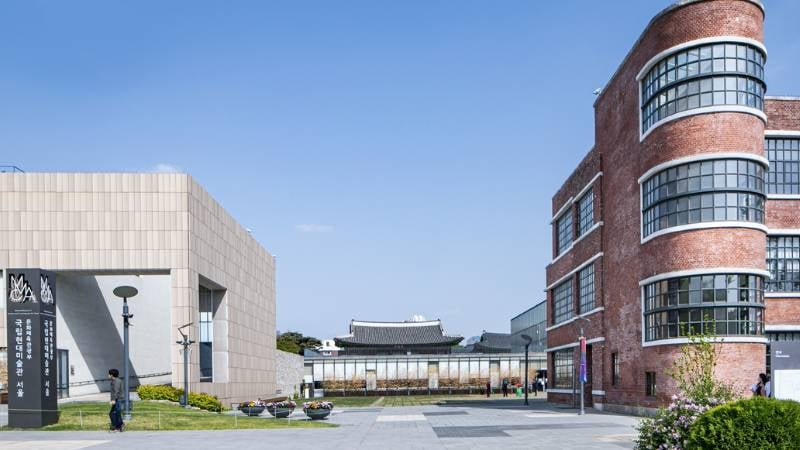There’s no denying that museum hopping is one of the most sought-after activities when travelling to a new city. When in South Korea‘s capital, one can’t simply pass up the opportunity to explore its dynamic art scene. From national history-filled museums to small contemporary art galleries in Seoul, we list some of the top art and cultural spaces that’ll take you on a journey through the city’s past and present!
Also read: 15 Best Airbnbs & Vacation Rentals in Seoul for Every Budget
Must-visit art museums in Seoul
1. National Museum of Korea
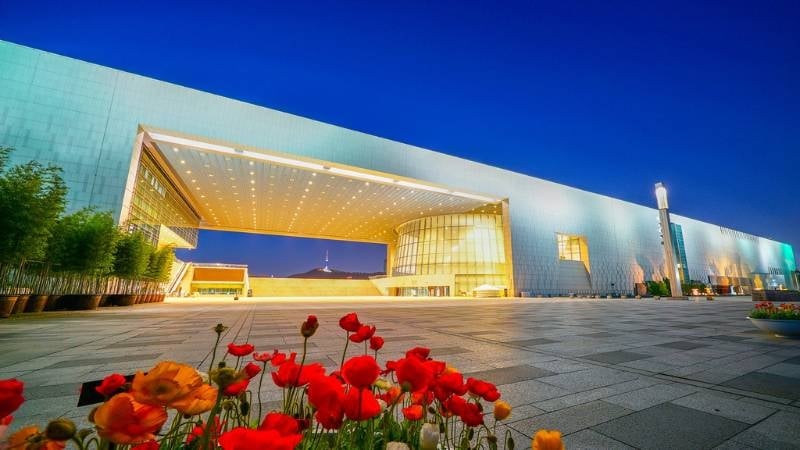
Image credit: National Museum of Korea Official Facebook Page
First up on your museum hopping for art in Seoul is the iconic National Museum of Korea! As the largest museum not only in Seoul but in all of South Korea, it provides visitors with a comprehensive and permanent collection of artefacts and art pieces representing the country’s heritage and culture. A haven for curious history buffs, the museum’s treasure trove of antiquities can be traced back to the prehistoric era until modern times.
After touring its exhibition halls, pop by the Museum Shop for souvenirs, then enjoy a hearty meal at nearby eateries like Yummi Tang, Pagoda Restaurant, or Mirror Pond Restaurant.
Location: 137 Seobinggo-ro, Yongsan-gu, Seoul
2. National Museum of Modern and Contemporary Art Seoul (MMCA)
One of the major modern art museums in Seoul you can’t miss is The National Museum of Modern and Contemporary Art. Nestled right in the heart of the city, it features a wide range of impressive modern and contemporary masterpieces by renowned Korean and global artists. At present, MMCA’s collection boasts around 10,000 artworks, making it one of the most crucial cornerstones of Korean culture, history, and art education. Currently, it has three other branches in South Korea: Gwacheon, Deoksugung, and Cheongju.
Location: 30 Samcheong-ro 5-gil, Jongno-gu, Seoul
Also read: 12 Most Amazing Buildings in Seoul
3. The National Folk Museum of Korea
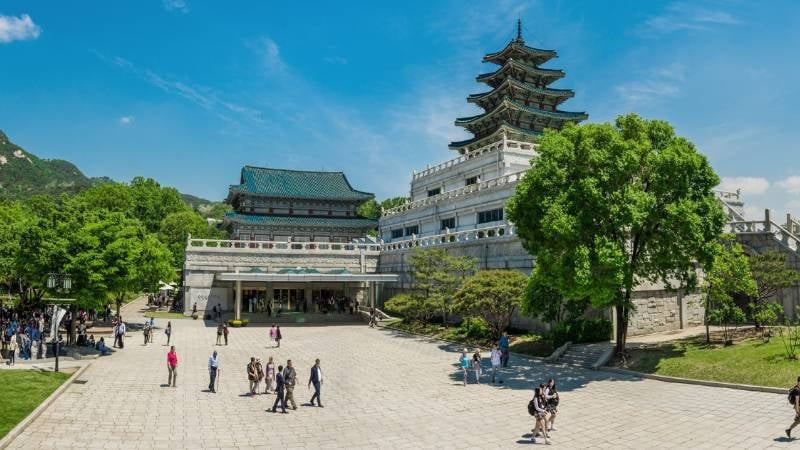
Image credit: The National Folk Museum of Korea Official Website
As its name suggests, The National Folk Museum of Korea showcases the rich and diverse folk history of South Korea. From ancestral hanok homes and national garments to daily life artefacts and detailed replicas of a traditional Korean village, you’ll find yourself travelling back to 20th-century Korea. Aside from its permanent folklife exhibition, it also features special shows featuring local artists and hosts overseas exhibitions.
Location: 37 Samcheong-ro, Jongno-gu, Seoul
4. Seoul Museum of Art
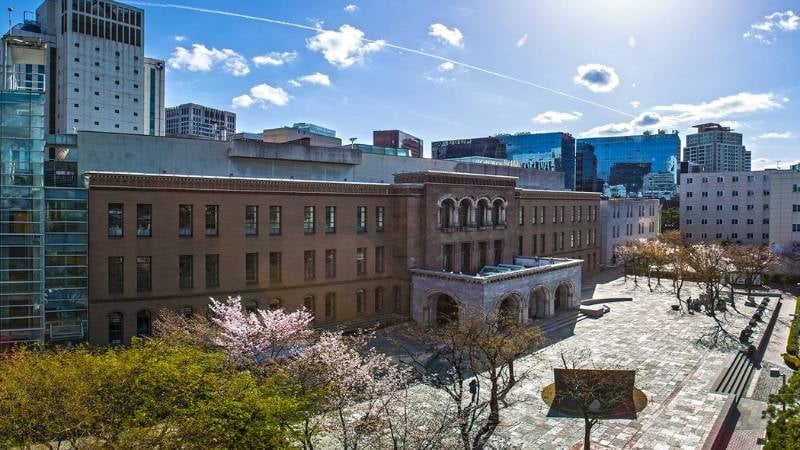
Image credit: Seoul Museum of Art Official Facebook Page
Conveniently located near the famed Deoksugung Palace and Jeongdong Theater, the Seoul Museum of Art deserves a visit on your sightseeing adventures in the city. Renowned for its diverse and expansive collection of Korean contemporary works like paintings, sculptures, photography, and other art forms, it has emerged as one of the most prominent art and cultural institutions in Seoul. This three-story complex features six exhibition halls, a library filled with art-related reference materials, and a lecture hall for its events and programs.
Location: 61 Deoksugung-gil, Jung-gu, Seoul
5. Daelim Museum
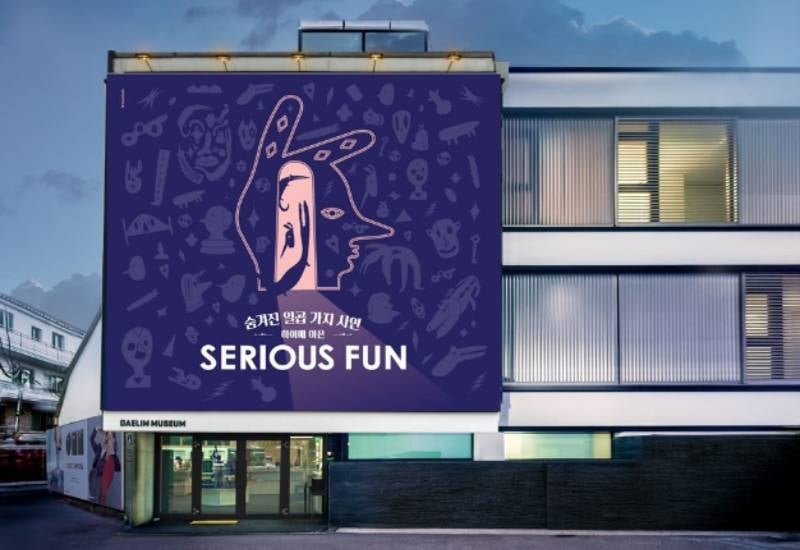
Image credit: Daelim Museum Official Website
For photography and design enthusiasts, the Daelim Museum is not one to be missed! Established in 1996 in the residential neighbourhood of Tongui-dong, it started out as Korea’s first-ever specialist photography museum. At present, it has diversified its scope to include other disciplines like fine arts and visual design. Here, you can dive into the art of storytelling through the lens of talented Korean photographers and visual artists!
Location: 21 Jahamun-ro 4-gil, Jongno-gu, Seoul
6. Leeum Museum of Art
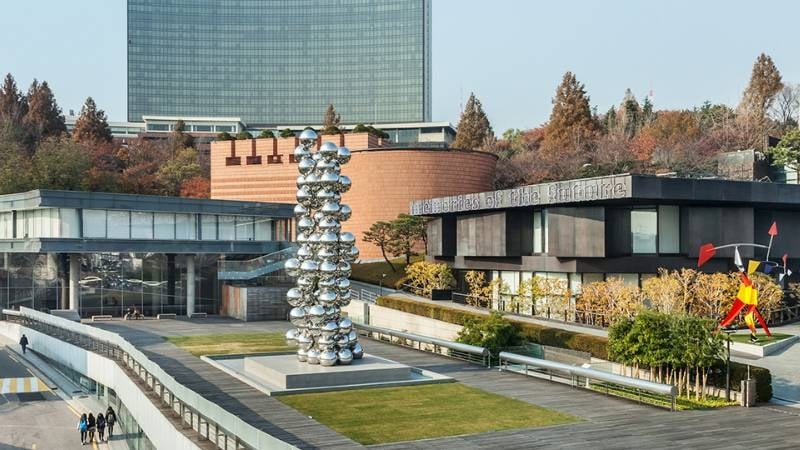
Image credit: Leeum Museum of Art Official Website
Tucked away in the trendy hub of Hannam-dong, the Leeum Museum of Art has instantly become a hotspot for art enthusiasts in the area. Run and initiated by the Samsung Foundation of Culture, it boasts an exceptional selection of more than 15,000 traditional and contemporary art pieces.
The museum complex comprises three buildings designed by world-renowned architects Mario Botta, Jean Nouvel, and Rem Koolhaas. Each building boasts a unique architectural style, and houses Korean and international “works of art that have already been widely recognized.”
Location: 60-16 Itaewon-ro 55-gil, Yongsan-gu, Seoul
7. K Museum of Contemporary Art
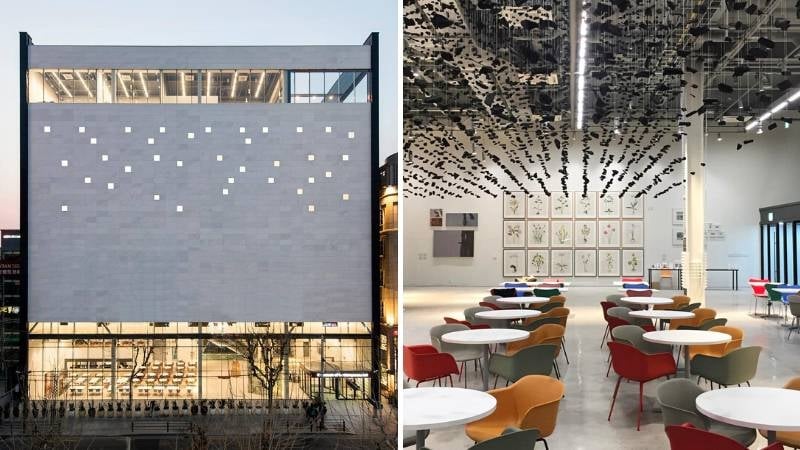
Image credit: K Museum of Contemporary Art Official Facebook Page
The K Museum of Contemporary Art stands as the largest privately-owned art museum in Gangnam, revealing an exhibition hall covering almost 5,000 square metres across six levels. Situated at the heart of Apgujeong, it typically witnesses about 9,000 visitors daily!
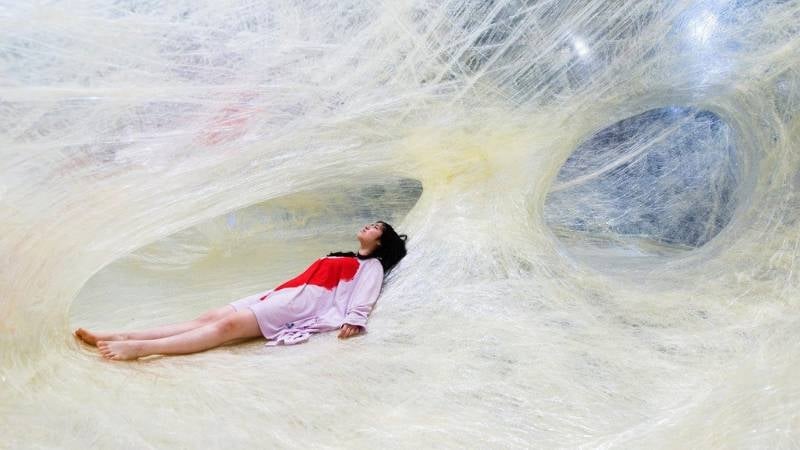
Image credit: K Museum of Contemporary Art Official Facebook Page
Among the primary objectives of the museum include the preservation of contemporary art and the promotion of its cultural significance. Thus, K Museum always seeks out both local and international artists who breathe life into its “space that leads culture.”
Location: 807 Seolleung-ro, Gangnam-gu, Seoul
8. Kumho Museum of Art
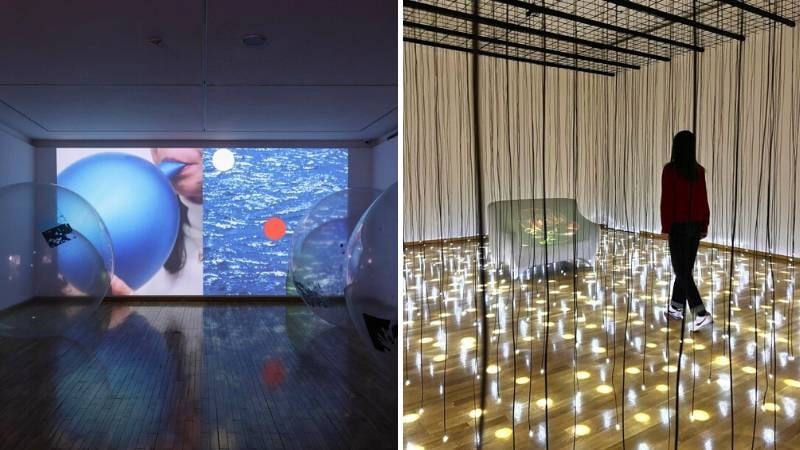
Image credit: Kumho Museum of Art Official Instagram Page
Established to celebrate the diversity of art, the Kumho Museum of Art showcases both emerging and accomplished Korean artists from contemporary and experiential art backgrounds. By exploring and supporting local artists, they aim to cultivate the growth and development of the art culture of our time.
Originally located in Gwanhun-dong in 1989, it later moved to a larger space in 1996 near the historic Gyeongbokgung Palace. So, on your visit to the Kumho Museum of Art, expect to see some of the top cultural and folk museums in Seoul around the area as well.
Location: 18 Samcheong-ro, Jongno-gu, Seoul
Also read: 10 Must-Visit Royal Palaces and Fortresses in South Korea
9. Hybe Insight Museum
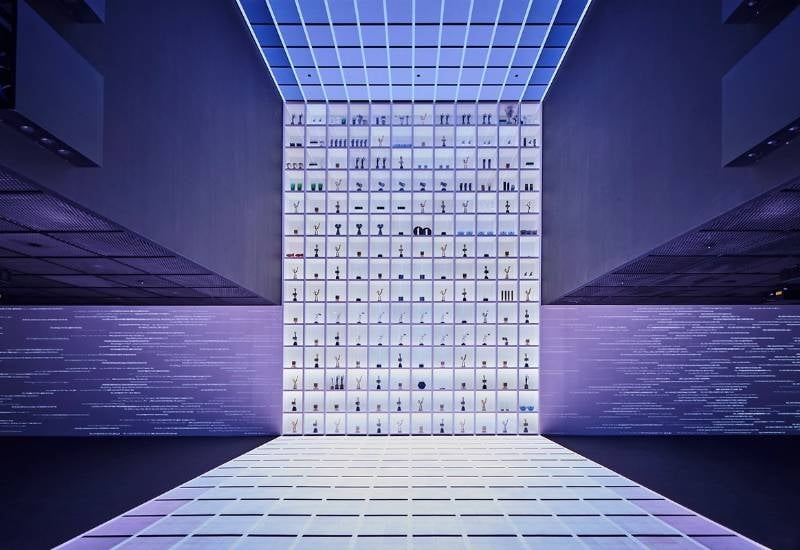
Image credit: Hybe Insight Official Twitter Page
Our list of galleries and art museums in Seoul wouldn’t be complete without drawing attention to the dynamic realm of Hallyu. For K-pop fans out there, the Hybe Insight Museum is definitely worth adding to your itinerary! A relatively new K-pop museum in Seoul, it lets you in on an immersive journey into the world of Korean pop culture and the artists under Hybe Corporation. And, of course, this includes globally renowned idols and groups like BTS and TOMORROW X TOGETHER.
Location: 42 Hangang-daero, Yongsan-gu, Seoul
Also read: 13 Best Stores in Seoul to Shop for K-Pop Merchandise
10. Trick Eye Museum Seoul
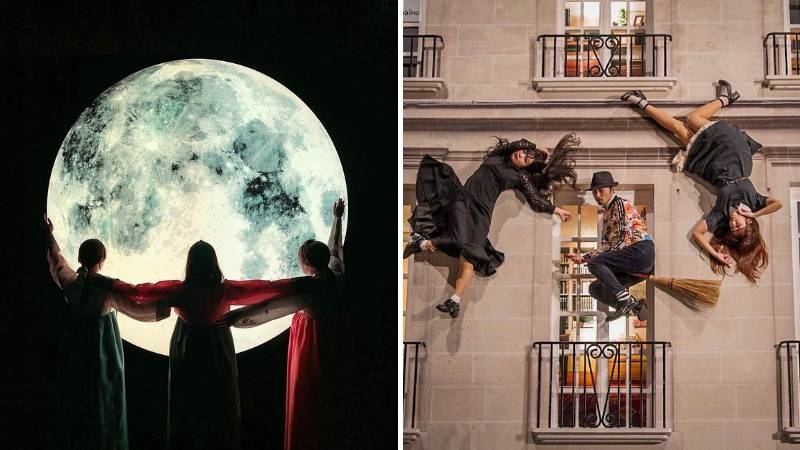
Image credit: Trick Eye Museum Official Facebook Page
For those seeking more interactive museums in Seoul, enter the Trick Eye Museum! Its exhibition concept where art and entertainment come together definitely makes it a unique destination for families, couples, and friends to explore. Aside from offering a one-of-a-kind museum experience with its optical illusions, every corner here makes for unforgettable IG-worthy moments, too.
Location: #B2 Seogyo Plaza 20 Hongikro-3gil, Mapo-gu, Seoul
11. D Museum
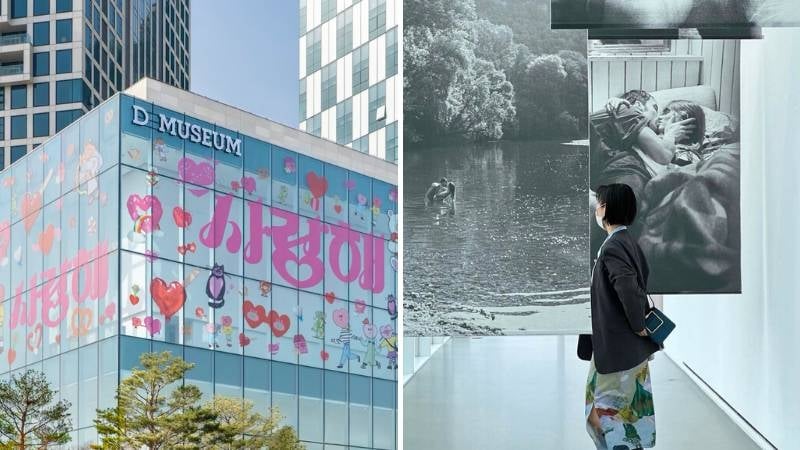
Image credit: Daelim Museum Official Instagram Page
Another museum run by the Daelim Cultural Foundation is the D Museum, a bigger and more innovative art space compared to the Daelim Museum. However, much like its sister venue, it also features artworks created using both traditional craftsmanship and technology. With its ever-changing exhibitions, it brings you closer to the world of contemporary art and design through audio, visual, and installation art.
Note: As of writing, D Museum in Hannam-dong will remain temporarily closed until further notice.
Location: 83-21 Wangsimni-ro, Seongdong-gu, Seoul
12. Amorepacific Museum of Art
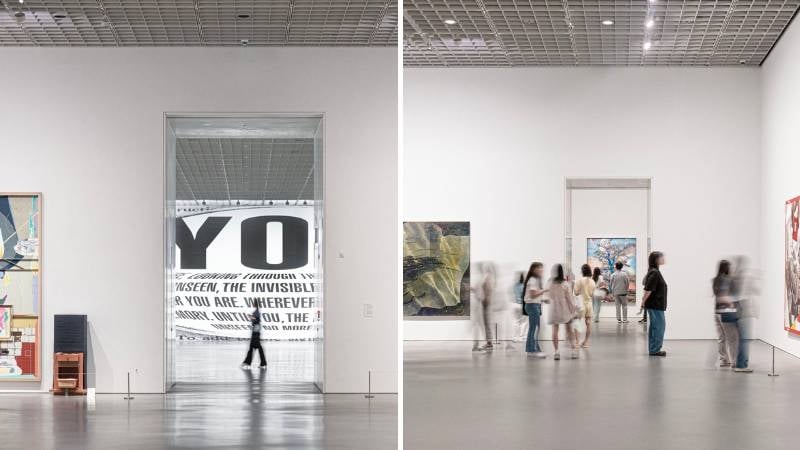
Image credit: Amorepacific Museum of Art Official Instagram Page
The Amorepacific Museum is an underground exhibit hall located inside beauty company Amorepacific’s main office in Yongsan. It hosts diverse shows, which typically encompass ancient and contemporary pieces. Ultimately, by celebrating the intersection of beauty, art, and culture through its exhibitions, visitors can have a museum experience that goes beyond ordinary art expos.
Location: 100 Hangang-daero, Yongsan-gu, Seoul
13. Hangaram Arts Center Museum
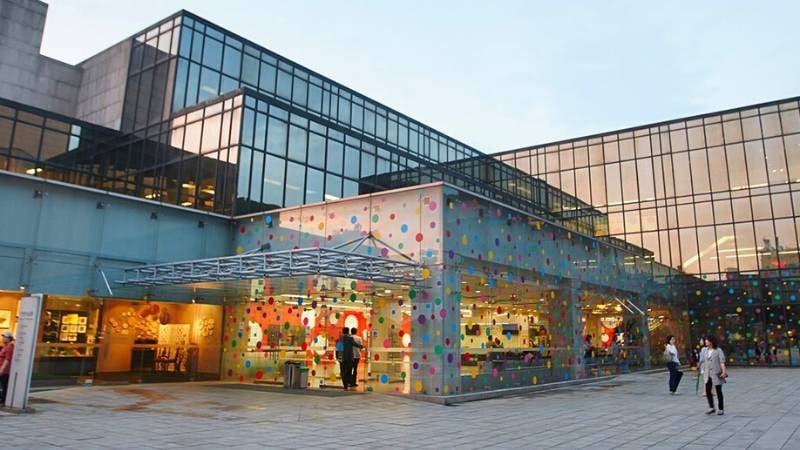
Image credit: Seoul Arts Center Official Website
Situated within the multi-complex art space of Seoul Arts Center is The Hangaram Arts Center Museum. Established in 1990, this three-level modern art museum features a diverse collection of contemporary and formative Korean artworks. Its state-of-the-art facilities keep its collections in prime condition for visitors to see. Aside from its exhibition halls, you’ll also find a quaint coffee shop called Cafe Matisse, an art shop, and an art library in the lobby.
Location: 2406 Nambusunhwan-ro, Seocho-gu, Seoul
Best contemporary art galleries in Seoul
14. The Page Gallery
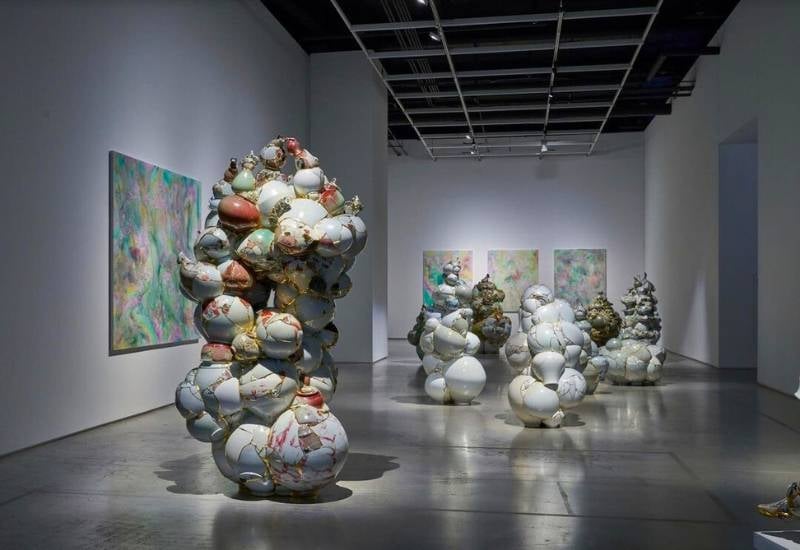
Image credit: The Page Gallery Official Instagram Page
Situated beneath the Galleria Forest Apartment Complex and overlooking Seoul Forest Park is the unassuming creative space of The Page Gallery. Established in 2011, it has emerged as one of the most prominent art galleries in Seoul that connects the local art scene to the global contemporary art world, while still catering to the Korean audience. A little fun fact: Its mothership gallery, Die Galerie, is located across the world in Frankfurt, Germany!
Location: 32-14 Seoulsup 2-gil, Seongdong-gu, Seoul
15. Kukje Gallery
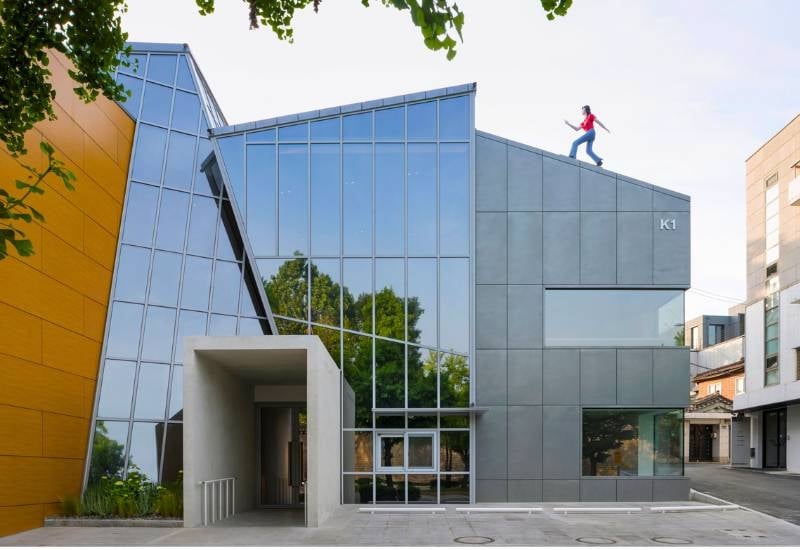
Image credit: Kukje Gallery Official Website
Before you even step into Kukje Gallery, you’ll already be greeted by an eye-catching life-size installation by American artist Jonathan Borofsky! As one of the leading art galleries in Seoul, you’ll find exhibitions spotlighting renowned artists skilled in modern and contemporary art. Not only does it provide artists with an opportunity to exhibit their work, but it’s also committed to educating art collectors and institutions across the globe on Korean art history and culture.
Location: 54, Samcheong-ro, Jongno-gu, Seoul
Also read: 15 Places in Seoul That You Can Visit For Free
Now, who’s ready to step into Seoul’s vibrant art scene? Whether you’re a curious culture enthusiast or simply looking for more sightseeing opportunities, don’t pass up the chance to visit these galleries and art museums in Seoul. While you’re at it, why not check out our list of places to visit in the Land of Morning Calm for free?
Featured image credit: Seoul Arts Center | Official Website
